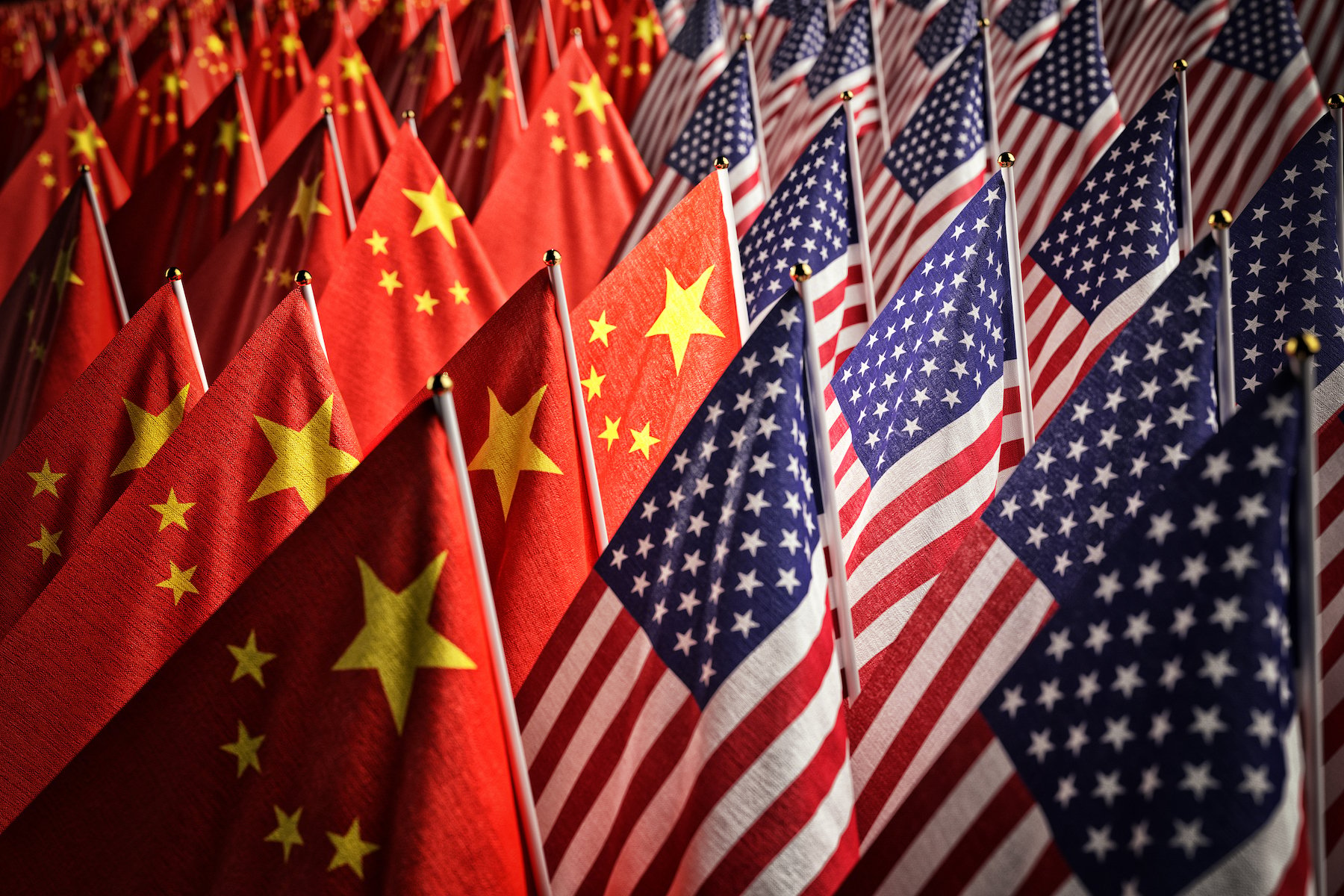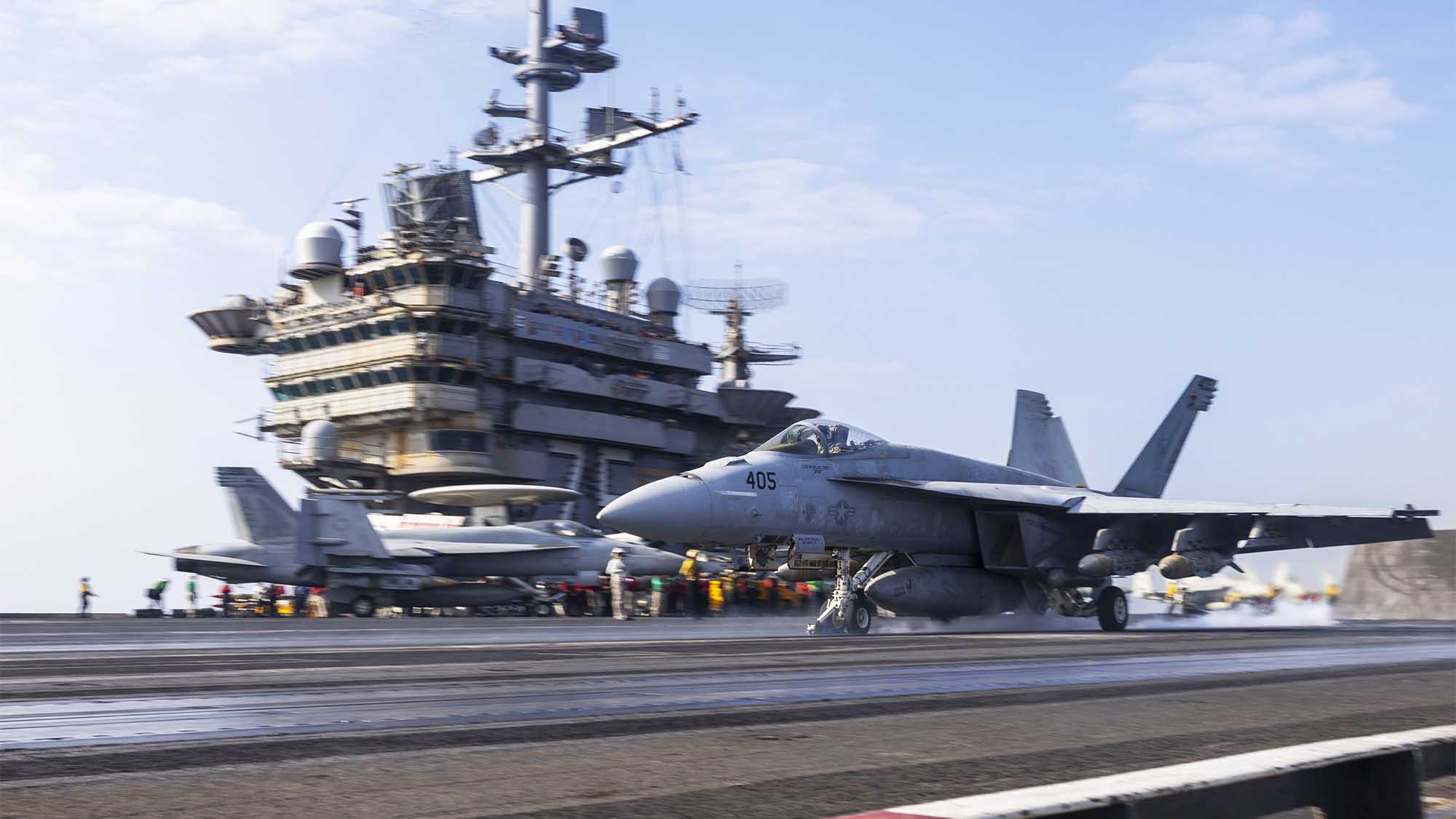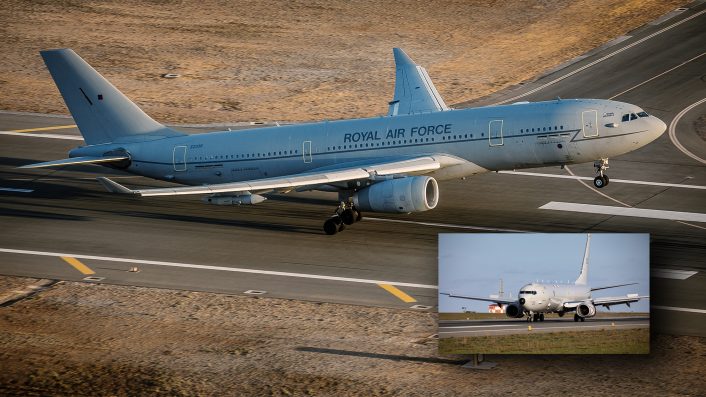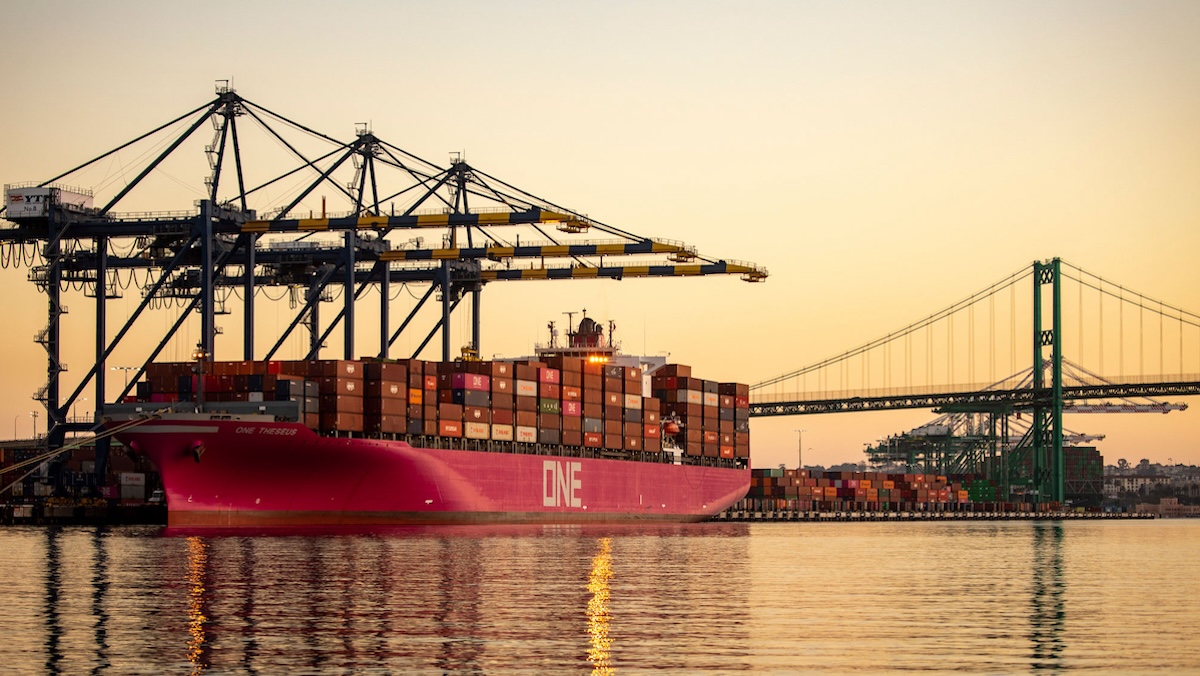J.B. Hunt and Eastern and Canadian railways see steady intermodal volume
Intermodal volumes so far seem to be dodging the “air pocket” expected in the wake of steep tariffs on goods from China. The post J.B. Hunt and Eastern and Canadian railways see steady intermodal volume appeared first on FreightWaves.

NEW YORK – The reduction in U.S.-bound shipments from China after steep tariffs were imposed in April has yet to show up in J.B. Hunt’s intermodal volumes.
“Our volumes have been steady,” J.B. Hunt (NASDAQ: JBHT) Intermodal President Darren Field told an investor conference on Tuesday.
Importers rushed to beat tariff deadlines earlier this year, then paused shipments after tariff hikes were announced on April 2 and have resumed ordering goods from China after a 90-day pause in the trade war was announced two weeks ago. Tariffs that were as high as 145% on Chinese goods now sit at 30% — at least temporarily.
The trade whipsaw created the expectation that there would be an “air pocket” in international container volume arriving at U.S. ports this month, and that intermodal volume would decline as a result.
But Field says there’s no single, simple answer to how tariffs have affected J.B. Hunt’s intermodal customers.
“There’s customers that are down, there are some that are up, there’s a whole bunch that are just kind of normal,” he said. “So there’s still a little bit of wait and see for us, and we’re encouraged by our dialogue with the customers.”
J.B. Hunt’s eastbound moves out of Southern California — home to the busiest port complex in the U.S. at Los Angeles and neighboring Long Beach — consist predominantly of goods transloaded from international containers. The company is the largest domestic intermodal operator.
In many cases, Field says, retail inventory can sit in warehouses for days, weeks or even months before being shipped inland to BNSF Railway terminals in Texas, Chicago or Kansas City, Missouri.
A relatively small percentage of that volume makes its way east of Chicago via interchange with Norfolk Southern (NYSE: NSC) and CSX (NASDAQ: CSX), Field says. Growth in the East has been outpacing J.B. Hunt’s Western traffic.
“You know, it’s been one of the real success stories we feel like over the last year has played out for us in that both of our Eastern rail providers are really doing a great job for us,” Field said. “Norfolk Southern and CSX have been good partners and have delivered a great service product. We’ve worked together to talk about what we need to do, to sustain service, high service quality for our customers moving forward.”
Field says overall rail service is the best it’s been in 10 years. “Really all of our providers are excellent,” he said. “ We’re thrilled with where we’re at on rail service.”
And that has helped J.B. Hunt convert freight to intermodal at a time when its customers are under increasing pressure to reduce transportation costs.
NS Chief Financial Officer Jason Zampi says East Coast ports are regaining market share that was lost to the West Coast amid labor and supply chain upheaval, which has helped the railroad’s international intermodal volume hold up.
“We really haven’t seen a drop-off in that yet, and our domestic business is staying pretty steady,” Zampi told the investor conference on Tuesday.
If there is an import cliff, Zampi says, it will be more pronounced on the West Coast and there will be less of an impact at the East Coast ports that NS serves.
Eastern rival CSX shares the same view. “‘Cliff’ is a strong word,” CSX Chief Commercial Officer Kevin Boone told the conference.
CSX expects to see some softness in its port business, but pre-stocking of inventory will boost domestic intermodal volume and help offset any international lull, he says.
The magnitude of the international swoon is up for debate, Boone says, but CSX’s customers say they expect a rebound in July and August. Meanwhile, CSX this week announced faster transit times for 50 intermodal lanes effective June 2.
CN CEO Tracy Robinson says Prince Rupert, British Columbia — the railway’s key port for Chinese imports bound for Chicago and the Midwest — has seen its container volume growth accelerate this year despite the trade war.
The port has been recovering market share lost to U.S. West Coast ports during labor disruptions at CN (NYSE: CNI) and British Columbia ports over the past couple of years. Gemini, the alliance of Maersk and Hapag-Lloyd, is now calling on Prince Rupert, which has helped boost volumes, too.
CN and Gemini are positioning the port as the fastest and most efficient way to get Asian goods to the Midwest due to a combination of shorter sailing time, lower on-dock dwell and express service from Rupert to Chicago.
“We do remain optimistic there will be trade deals between the U.S. and most countries,” Robinson told the conference.
CPKC CEO Keith Creel says his railroad, which derives just 1% of its revenue from shipments related to China, will not experience a drop in international intermodal traffic. “We’re not looking at a cliff,” he said.
“We’ve got a tremendous amount of demand that’s coming to discharge in the Canadian ports,” Creel said of traffic bound for inland points in Canada. Much of that is from Gemini, which aims to have its ships arrive on schedule – a rarity for ocean carriers.
“They put an alliance together based on what I would call PSR steamship service that matches up with the PSR railroad service,” Creel said, referring to the railway’s precision scheduled railroading operating model. With ships running on time, CPKC (NYSE: CP) can better plan its train departures from Vancouver, British Columbia.
“So far, they’ve been in service now for two months. They’re 100% on time,” Creel said. CPKC also handles Gemini business at ports in Mexico and eastern Canada.
The executives spoke at the Wolfe Research 18th Annual Global Transportation & Industrials Conference.
The post J.B. Hunt and Eastern and Canadian railways see steady intermodal volume appeared first on FreightWaves.





















































































































































